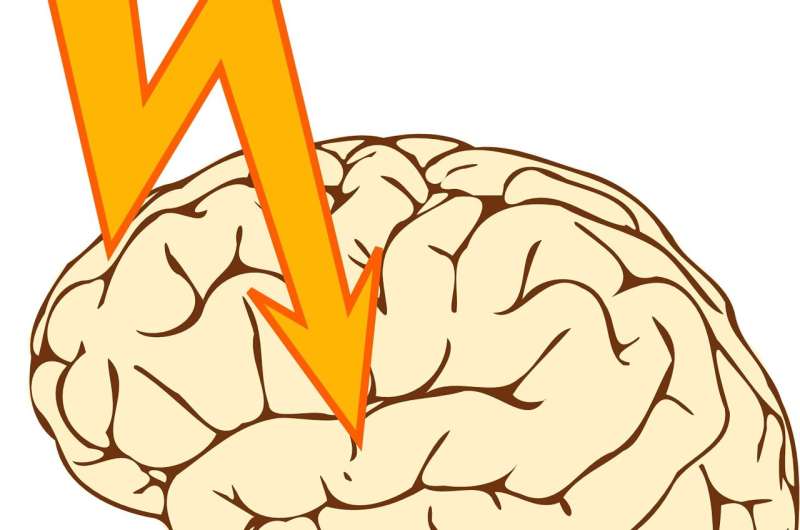
Researchers from Children’s Hospital of Philadelphia (CHOP) found that seizure patterns and response to treatment strategies were able to help clinical teams determine epilepsy and developmental trajectories for patients with STXBP1-related disorders, one of the most common genetic epilepsy disorders. The findings were published online by the journal Brain.
Disease-causing variants in the gene STXBP1 are implicated in one of the most common genetic epilepsies and neurodevelopmental disorders, which are sometimes accompanied by autism spectrum disorder, increased or decreased muscle tone, or movement disorders. There are often no tell-tale signs of STXBP1-related disorders, which means it cannot be diagnosed based on clinical features alone and requires genetic testing to confirm.
However, even with confirmation through genetic testing, the epilepsy and developmental trajectory of these disorders varies significantly, making it difficult to design clinical trials where the benefits of therapy cannot be uniformly measured across patients. Overcoming this important hurdle is critical in the design of clinical trials for new therapies, including gene therapies that specifically target the STXBP1 gene.
“By assessing epilepsy trajectories and developmental endpoints across the age span, this study helps establish an important baseline to help inform personalized treatment options and enable us to meaningfully interpret future therapeutic strategies,” said Julie Xian, a data scientist with the Epilepsy Neurogenetics Initiative (ENGIN) and the University of Pennsylvania and CHOP Center for Epilepsy and Neurodevelopmental Disorders (ENDD) and first author of the study.
To better understand the natural history of these disorders, the researchers assessed 162 individuals with STXBP1-related disorders over 1,281 cumulative patient-years of seizure and developmental histories, breaking down seizures and medications into monthly increments. This large amount of data that has been assembled in this way for the first time in a developmental disorder required new methods and innovations that the team has established over the last few years, including novel machine learning tools.
The researchers found that the onset of epilepsy differed across seizure types, with 90% of patients who experience infantile spasms having onset by six months and focal-onset seizures by the time they are 27 months old.
However, in the first two years of life, epilepsy histories diverged between two major subgroups of individuals with STXBP1 variants. For example, 39 patients with variants that shorten the protein sequence of genes were more likely to have infantile spasms between five and six months followed by a remission of seizures.
Conversely, 30 patients in the study with variants that switched nucleotides in their genetic sequence had an increased risk for focal seizures and ongoing seizures after the first year.
The study also revealed high variability for developmental outcomes in the first five years of life, with more predictable outcomes in a subset of patients. An earlier epilepsy onset was associated with lower developmental abilities, particularly motor skills and expressive communication.
Additionally, individuals who experienced neonatal seizures or early infantile seizures followed by seizure remission prior to 12 months of life had more predictable seizure trajectories in early to late childhood compared with individuals with ongoing and refractory seizures in the first year.
Finally, the study demonstrated an optimal age window between eight months and 3.5 years of life for detecting a significant treatment effect in STXBP1-related disorders.
The authors developed the concept of a “virtual clinical trial” using the large amount of clinical data they had reconstructed of the entire lifespan of their patient cohort. This virtual trial framework rooted in the data-driven analysis of real-world data presents novel insights into the design of future clinical trials for STXBP1-related disorders and demonstrates the potential of computational approaches in the genetic epilepsies.
“This study is another major milestone in our commitment to patients and families diagnosed with STXBP1-related disorders,” said senior study author Ingo Helbig, MD, co-director of ENGIN and clinical director of ENDD.
“We identified treatment windows and outcome measures that will help us interpret the success of clinical trials for these disorders. Most importantly, we were able to demystify the complex disease pattern in STXBP1 disorders to make these conditions ready for clinical trials.”
More information:
Ingo Helbig et al, Delineating clinical and developmental outcomes in STXBP1-related disorders, Brain (2023). DOI: 10.1093/brain/awad287
Journal information:
Brain
Source: Read Full Article
